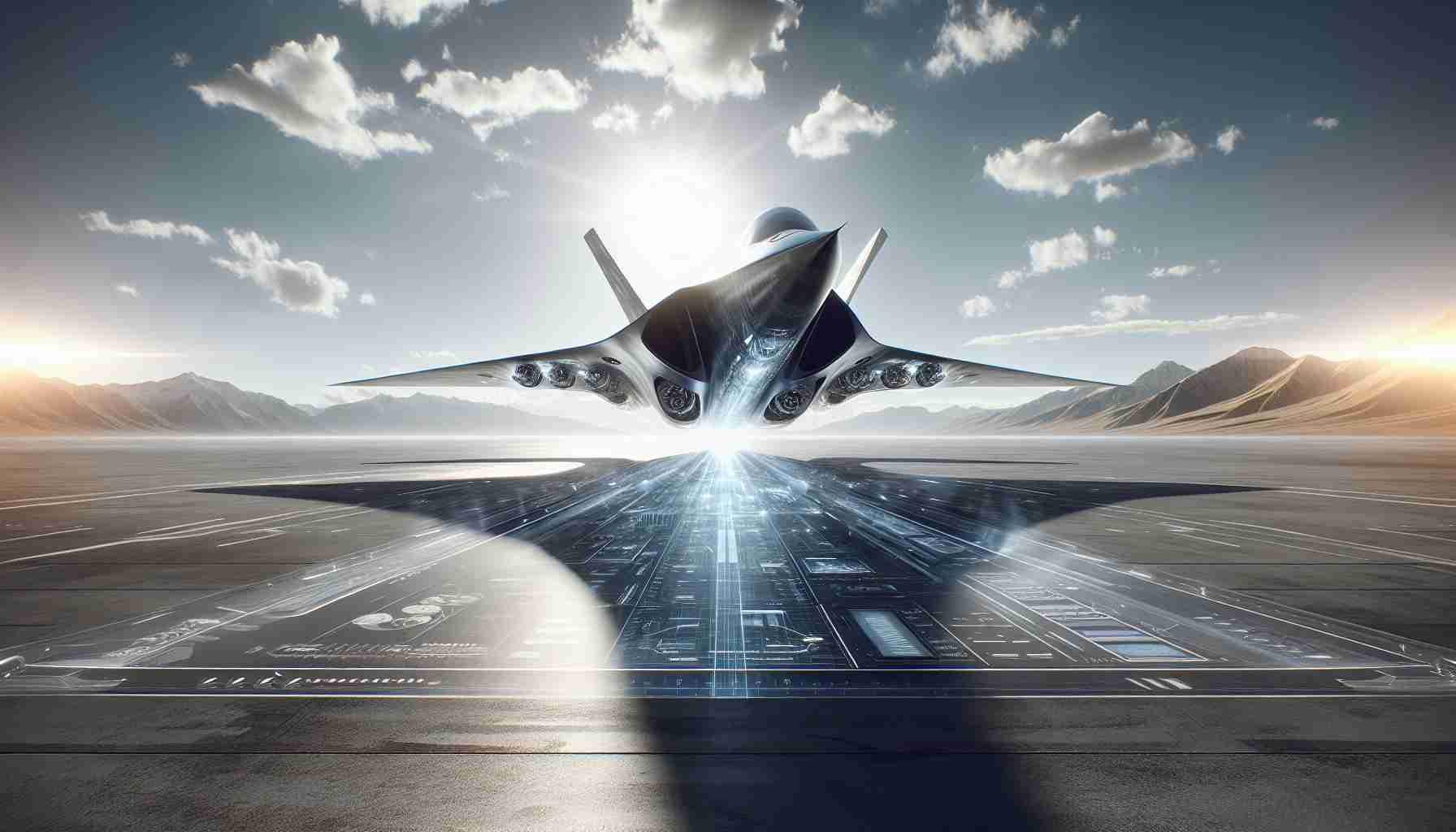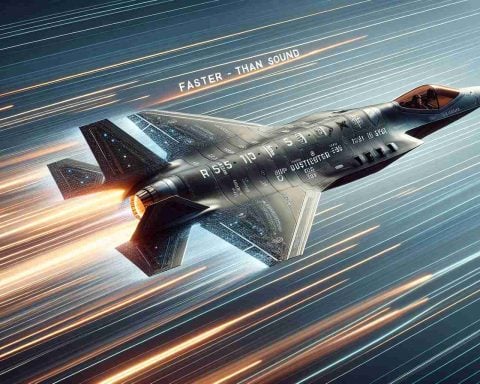In a landscape defined by rapid technological advancements, the United States and Russia square off with their aerial innovations: the F-35 Lightning II and the Su-35. These aircraft, at the forefront of military modernization, embody more than just state-of-the-art machinery; they signify evolving war philosophies and the future of combat.
Lockheed Martin’s F-35 is a beacon of American stealth mastery. It embraces an integrated approach to warfare, merging advanced stealth with unparalleled situational awareness. Its ability to vanish from enemy radar and communicate seamlessly within a military network underscores a new era of network-centric warfare—where battles are fought with data as much as with firepower.
Conversely, the Russian Su-35 represents prowess in agility and brute force. Homegrown by Sukhoi, it’s built for supreme air superiority. A marvel of aerodynamics and speed, it dives into dogfights like no other. The Su-35 thrives in traditional combat scenarios, its thrust vectoring and supersonic capabilities making it a formidable contender in any sky.
As the F-35 emphasizes strategic positioning within joint operations, the Su-35 clings to its roots, focusing on dominating through superior maneuverability. This dichotomy echoes broader ideological divides in military strategy: integration versus independence, stealth versus strength.
The continuing evolution of these aircraft foreshadows a broader discourse in international military planning. As each nation fortifies its aerial fleet, the world waits to see which ideology will dominate the skies and define the future of global security.
High-Flying Dilemmas: The Unseen Costs and Controversies of Aerial Innovation
The dazzling battle between the United States’ F-35 and Russia’s Su-35 goes beyond state-of-the-art technology; it has far-reaching implications for global politics, economics, and ethical considerations. While the race for sky dominance grabs headlines, lesser-known facts and controversies surrounding these aircraft offer a captivating narrative.
One major concern is the financial burden these advancements impose. The F-35 program’s costs have skyrocketed, with estimates exceeding $1.5 trillion over its lifecycle. This financial strain is not just limited to the United States but affects allied nations opting to integrate this aircraft into their military. Consequently, budget allocations for critical domestic issues, such as education and healthcare, face potential reductions.
Environmentally, both aircraft contribute to carbon emissions and noise pollution, sparking debates on their ecological impact. With growing global commitments to combat climate change, questions arise: Can nations justify investing in heavyweight military machinery while pledging environmental responsibility?
Moreover, these innovations bring forth ethical dilemmas. The shift towards network-centric warfare emphasizes reliance on autonomous systems and artificial intelligence, prompting debates over the morality and legality of machine-operated warfare. Who is accountable for decisions made by AI during combat? How do we ensure human oversight and control?
While the F-35 and Su-35 dominate discussions on air superiority, they also serve as lenses through which we must evaluate the societal and environmental ramifications of military innovation. These aircraft not only transform battlefields but also challenge us to consider the hidden costs of advancing technology.
Explore more on military advancements through Lockheed Martin and United Aircraft Corporation.















